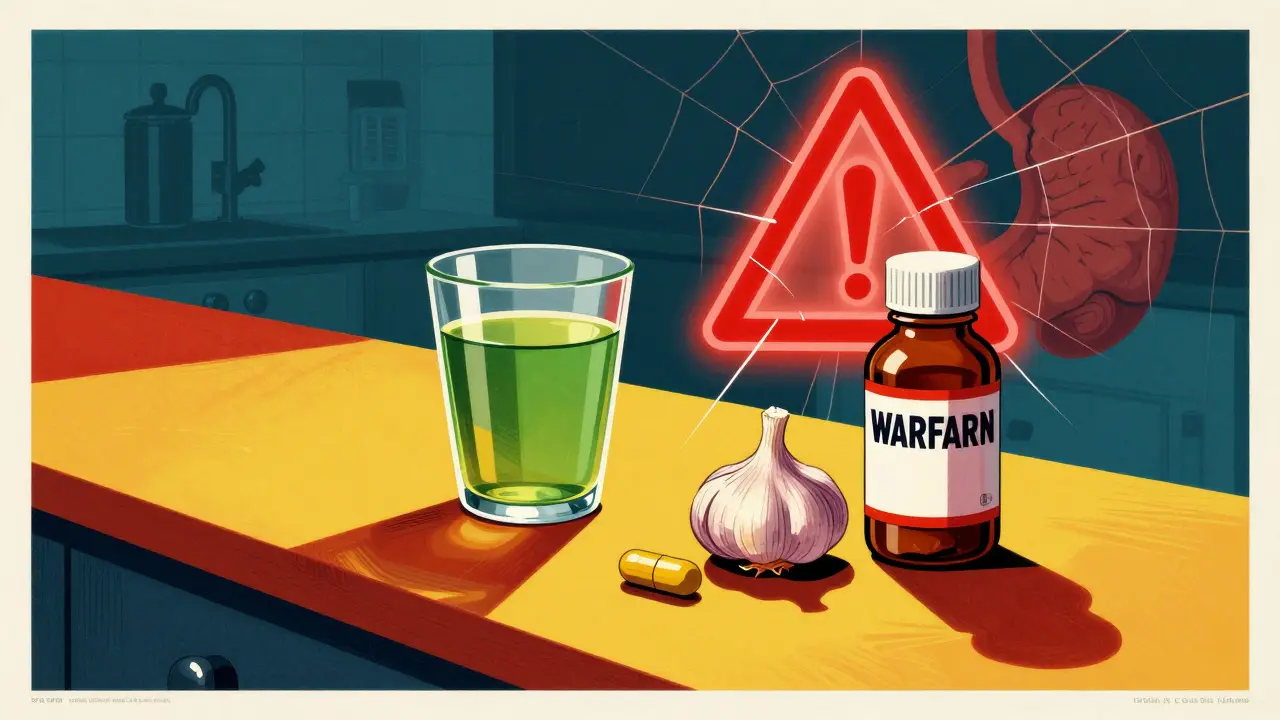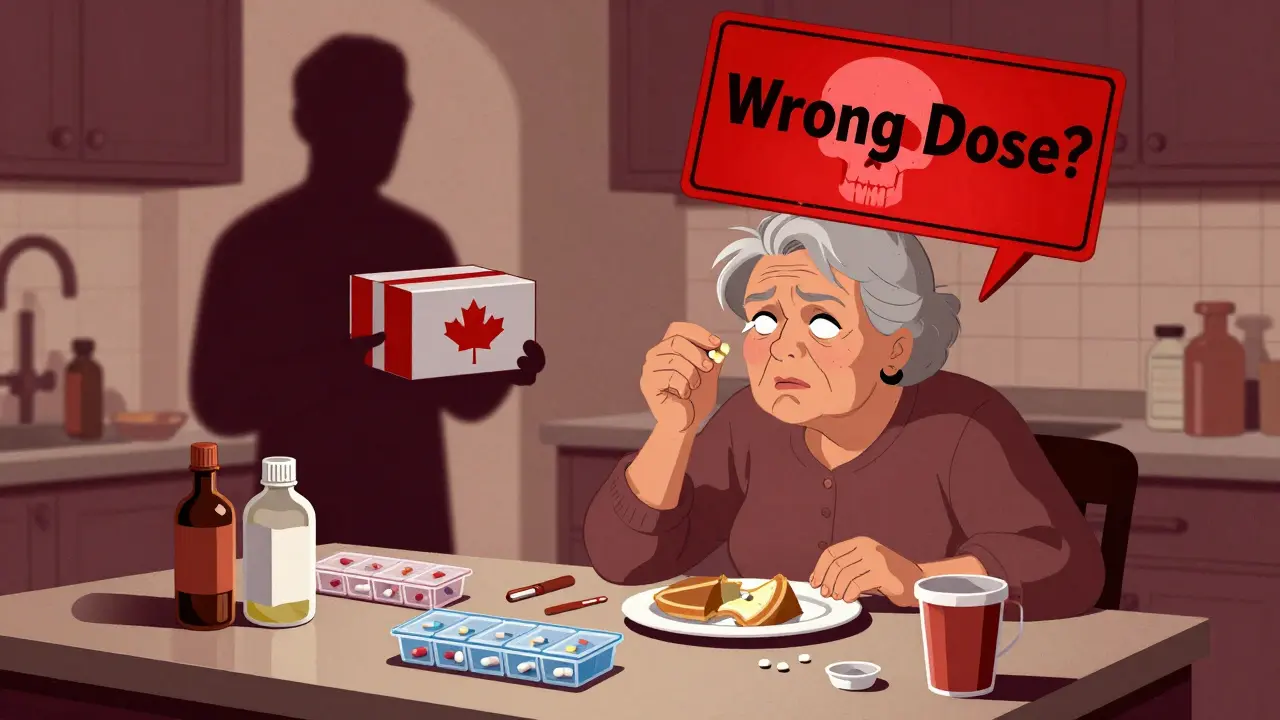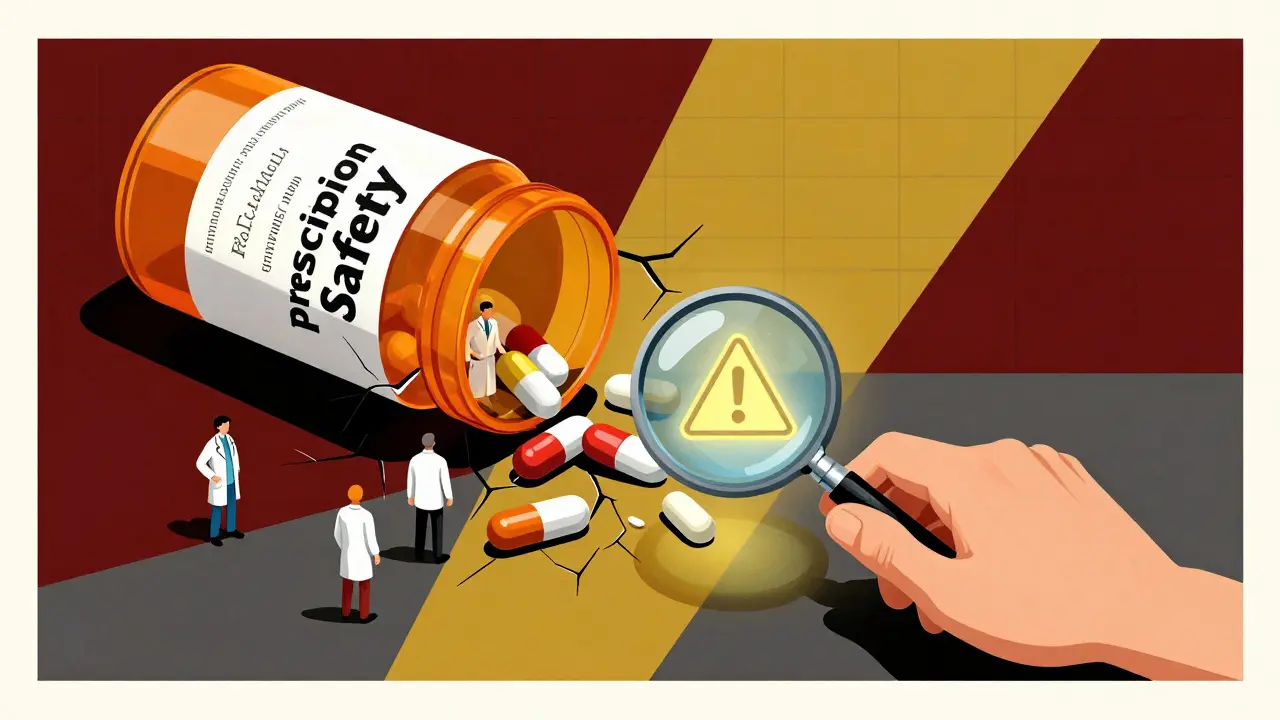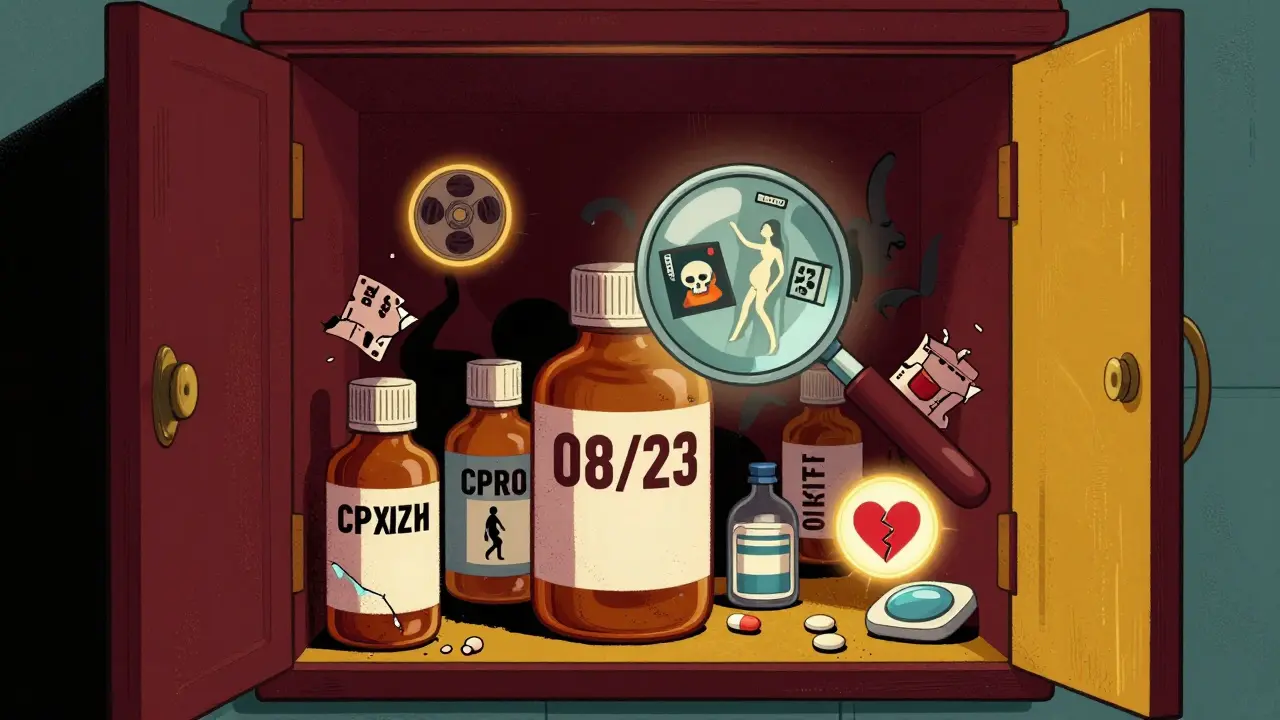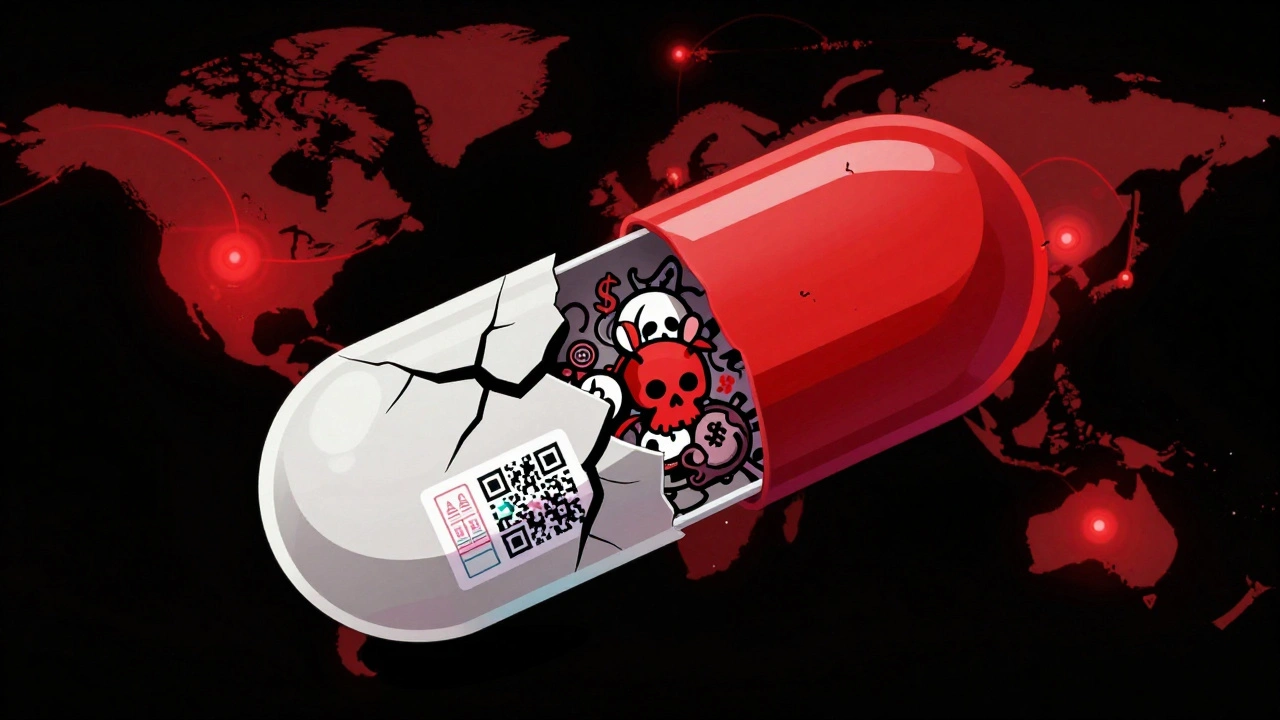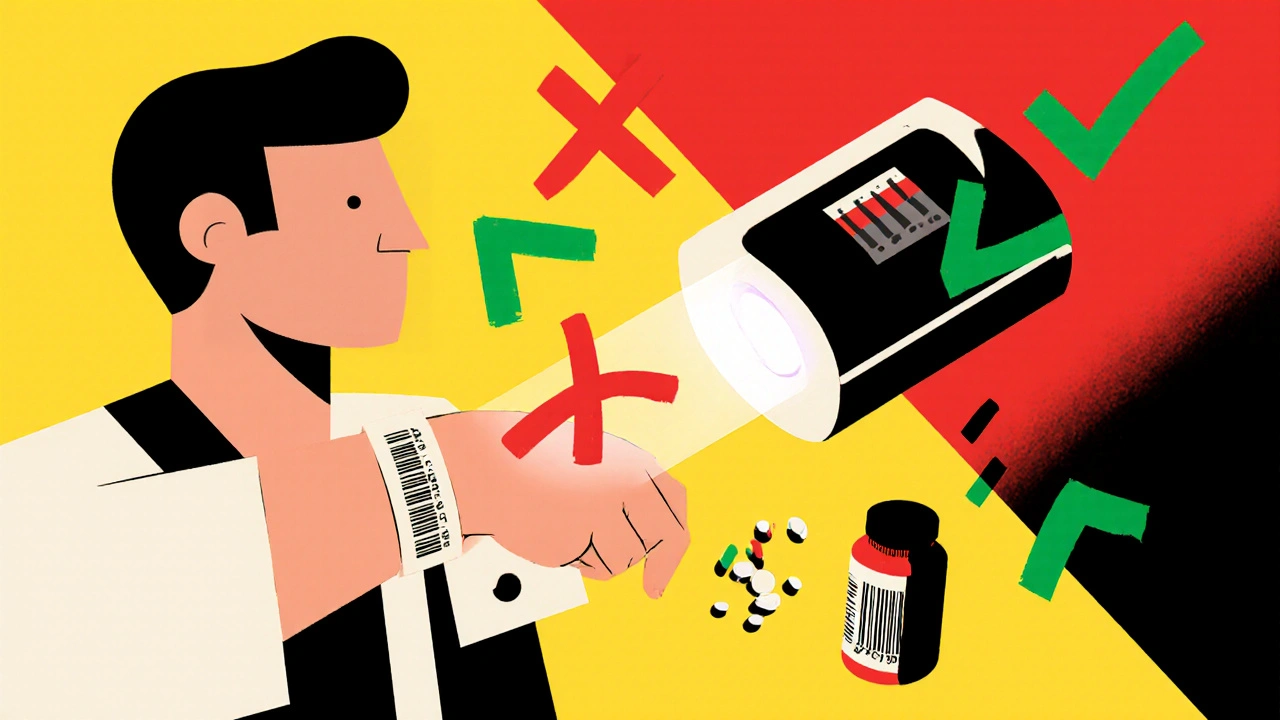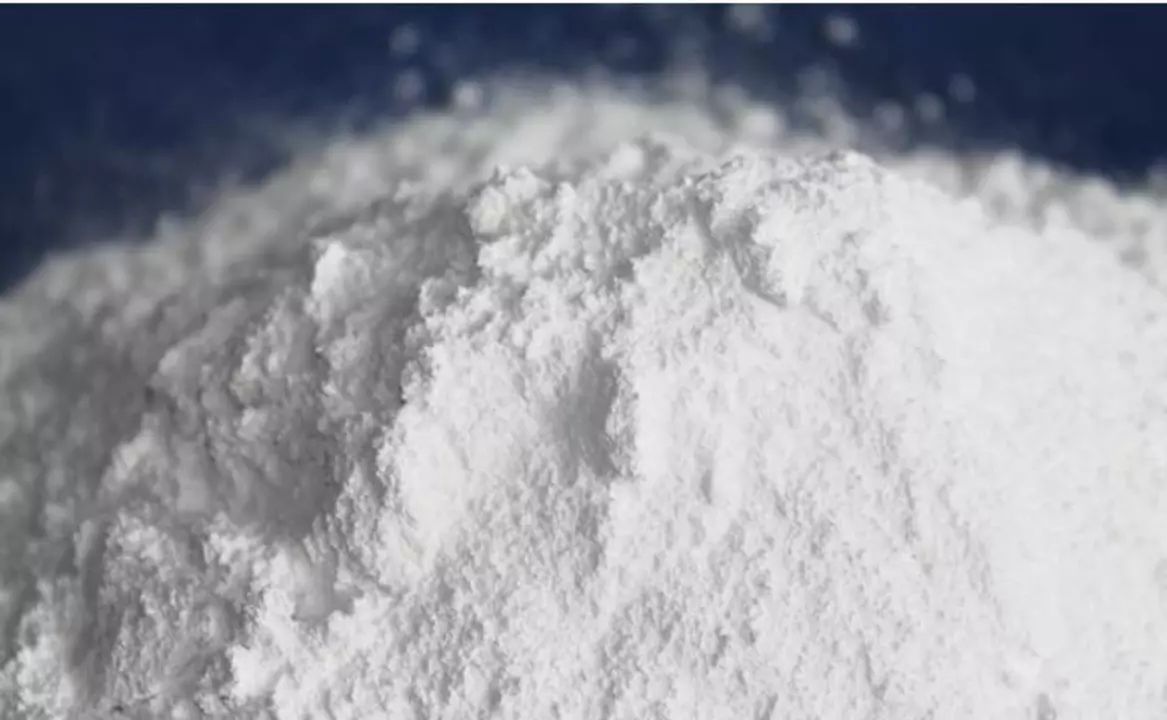Safety and Prevention – Simple Steps to Keep You Safe
Ever wonder why some products feel safer than others? It often comes down to the hidden ingredients that stop fires before they start or slow them down enough for you to get out. In this guide we break down real‑world safety tricks, especially how fire retardants work and why magnesium hydroxide is getting a lot of buzz.
Why fire retardants matter
If you’ve ever watched a candle flame suddenly flare, you know fire can spread fast. Fire retardant chemicals are added to materials so they don’t ignite as easily. They create a barrier that cools the surface or releases harmless gases that dilute the flame. The result? Less smoke, slower burn, and more time for people to escape.
In everyday life this means safer cables, tougher building panels, and even furniture that won’t turn into kindling at the first spark. When a product lists "fire‑resistant" you can trust that some chemistry is working behind the scenes to keep the fire down.
Magnesium hydroxide: an eco‑friendly solution
One of the most interesting fire retardants right now is magnesium hydroxide. Unlike halogen‑based chemicals, it breaks down into magnesium oxide and water when heated. The water vapor smothers flames while the solid residue forms a protective layer.
This dual action makes magnesium hydroxide perfect for items that need both safety and environmental friendliness—think plastic housings for electronics or fire‑resistant cables in homes. Because it’s non‑toxic, manufacturers can use it without worrying about harmful fumes if a fire does occur.
Imagine installing new wiring in your garage and knowing the insulation contains magnesium hydroxide. If an electrical fault sparks, the material will help keep the fire from spreading, giving you precious minutes to act.
Beyond fire safety, magnesium itself is a mineral essential for health, but that’s another story. For now, focus on how this simple compound can make your surroundings safer without adding chemicals you don’t want breathing in.
So what can you do right now? Start by checking the labels on any new plastic products or cables. Look for terms like "magnesium hydroxide" or "eco‑friendly fire retardant." If you’re renovating, ask contractors about the materials they plan to use and request those with safer retardants.
Also keep your home free of clutter that can act as fuel—paper piles, old curtains, and loose fabric. Combine good habits with smarter material choices, and you’ll dramatically cut down fire risks.
Safety isn’t just about gadgets; it’s a daily mindset. By understanding how fire retardants work and choosing products that use magnesium hydroxide, you protect both your property and the people inside.
Stay curious, keep checking product specs, and remember: a small change in what you buy can make a big difference when danger strikes.


